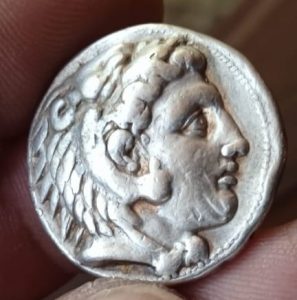
Although here we will focus on the origin of the currency and the first stage of its evolution, this does not mean that until the birth of the coinage, people did not use precious metals to trade. Not at all. Silver was already used as a currency in Mesopotamia more than a thousand years before the birth of currency as we know it today. It is true that any power did not back the circulation of metallic pre-coins and precious metals, and their value was not unified. Therefore, their circulation was limited and far from the universal purpose for which their descendant was created. For that to happen, a few hundred more years had to elapse.
The first coins in history saw the light of day in the kingdom of Lydia, in present-day Turkey (Asia Minor), between 680 and 560 BC. The debate over the two dates needs to be clarified. This region had a source of gold and silver, giving it a clear economic advantage over regions that did not. They were made of electro (gold and silver alloy) found naturally on Mount Tmolo. The electro nuggets were easily transported to the capital of Lydia along the Pactolus River. Unlike the pre-coins, these coins were backed by the local political powers.
During ancient times, coins were first created in the form of a small nugget or grain that was minted and not melted. They had a notch or punch mark on the reverse side. Later on, coins were designed with various dies, real or mythological, such as a lion, which represented the Mermnada dynasty, or even inanimate objects and floral motifs. It’s important to note that as many as one hundred different designs have been found on archaic electro coins, but that doesn’t necessarily mean that one hundred mints were working at that time.
With the experience of Lydia as a reference, coins began to be minted by order of Darius of Persia after conquering Lydia, and later in Greece. It is no coincidence that the invention of coinage coincided with the rise of the poleis or Greek cities.
Ancient Greek Coins
In the search for equality with the rest of the population at different levels, the legislators of classical Greece felt the need to compensate their citizens by granting a salary, for example, for having attended public assemblies, trials and even for acting as mercenaries. Coins were minted for all this and much more.
The first poleis to do so were those of Ionia, in close commercial contact with Lydia, and many more followed in a very short time. To impose their coinage in their territory, the poleis had to take charge of its production. This support was evident in the choice of the figures and texts that the metal featured. Coinage was not only useful for trade, but also a symbol of sovereignty.
The reference currency in the Greek world was the Drachma, which, as we have seen, was equivalent to 6 obols, metal rods used before the coin. From then on, fractions and multiples of the drachma were minted in several city-states:
6 obols equals 1 drachma.
1 didrachma is equivalent to 2 drachmas
1 tetradrachm is equivalent to 4 drachmas…
Minting periods in Classical Greece
A) Archaic period: Archaic period: from the 7th century BC to the beginning of the Greco-Persian Wars around 480 BC — 480 BC.
At first, but only for a short time, the coins were large. They were not necessarily round but with varied geometries depending on the city. Manufacturing methods improved over time, and coins with rounder and flatter shapes started depicting representations of gods and animals that would become representative of each city:
- The tortoise represented Aegina.
- The bee represented Ephesus.
- The owl represented Athens.
- The pegasus represented Corinth.
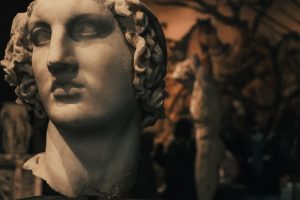
B) Classical period: from the end of the Greco-Persian Wars (478 BC) to the death of Alexander the Great (323 BC).
We now look to the north of the Greek peninsula, Macedonia. The region reached its greatest splendor with Philip II and his son Alexander. Both minted staters and the latter also tetradrachms (Philippos and Alexandros).
Thanks to the conquests of Alexander the Great, coins and numismatics (as well as Greek culture and methods) spread throughout the Middle East and northern India. When the conquest of Egypt was completed, the new city of Alexandria became one of the most important mints of the time.
After Alexander’s early death, his most important generals took over his empire, which was divided into four kingdoms. If we look at the numismatic side, the situation is as follows: the Ptolemies in Egypt abandoned the Greek system and adopted the Cyrenaic system, moving from 4.5 grams to 3.40 grams. In Babylon, Seleucus founded the Seleucid Empire and maintained the Greek system (minting coins with the head of Bucephalus, Alexander the Great’s horse). In Sicily, Agathocles minted silver and gold pieces like the Macedonians, and in the northwest of India, under Persian dominion, coins with the name of Alexander were found.
c) Hellenistic period: from the death of Alexander until the annexation of Greece by Rome in the 1st century BC.
During the Hellenistic period, Greek culture expanded to other regions of the world through trade. This cultural influence was so strong that even kingdoms outside of the Greco-Roman culture began to adopt Greek customs, including the use of coins. In this period, larger gold coins became common, but there was also a loss of artistic beauty compared to previous eras. However, the Greco-Bactrian kingdom in northeastern India produced some of the most exquisite coins of the classical Greek world. One of the distinctive features of this period was the use of portraits of living people on coins, which was a departure from the earlier practice of minting coins with only images of the deceased.
From this point on, Greek numismatics declined, and the Roman period took over.
In today’s today’s post, you have been able to see some examples and the evolution of classical Greek numismatics. We hope you have found this historical journey interesting. Suppose you feel like browsing in depth in the details of each period. In that case, we encourage you to visit this page with an excellent compilation of coins from the 6th century BC to the 1st century AD, accompanied by a brief explanation.
Do you like ancient Greek coins? If you have any in your collection, we’d love it if you shared them with us in the comments. Looking forward to seeing what you have!
Sources:
https://herodotoycia.com/2018/03/18/historia-y-evolucion-de-las-monedas-en-la-grecia-clasica/
https://www.tesorillo.com/grecia/griegas1.htm
https://historia.nationalgeographic.com.es/a/nacimiento-moneda_16542
https://www.culturaclasica.com/files/moneda_mundo_antiguo.pdf?

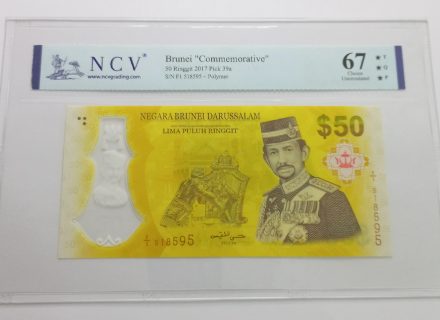
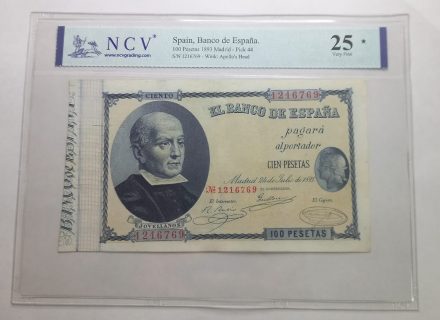
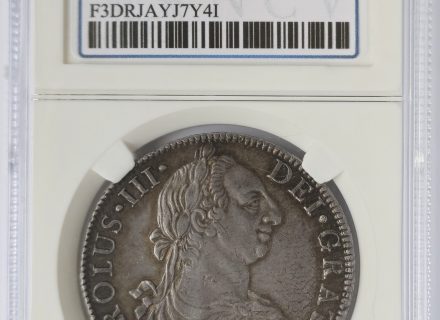
1 Comment
Comments are closed.